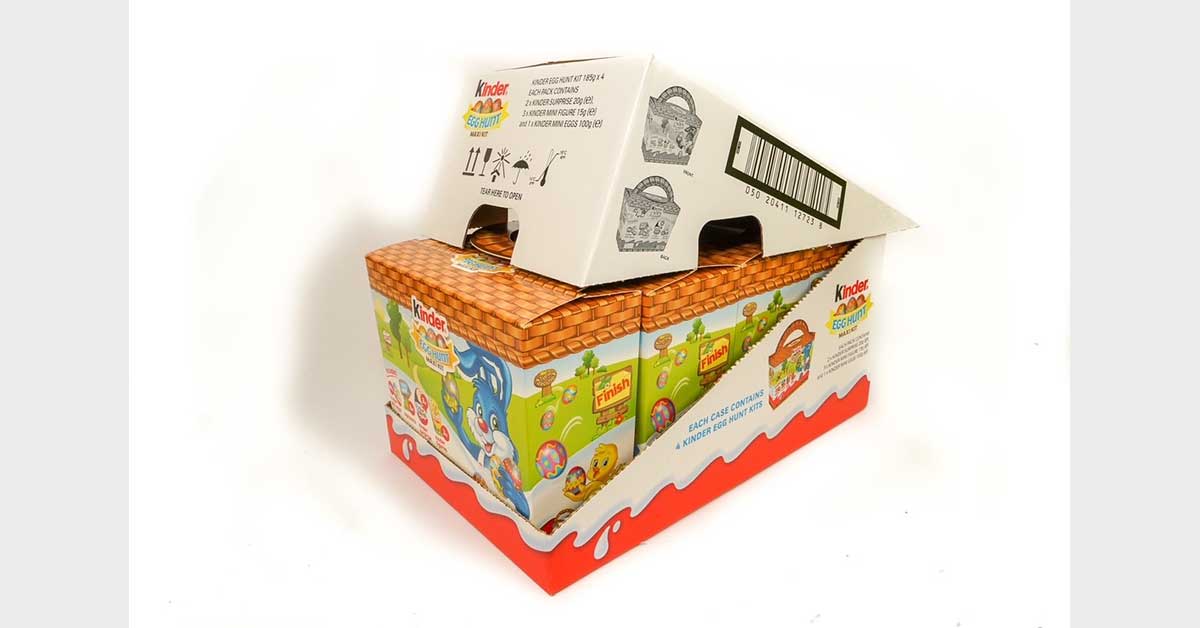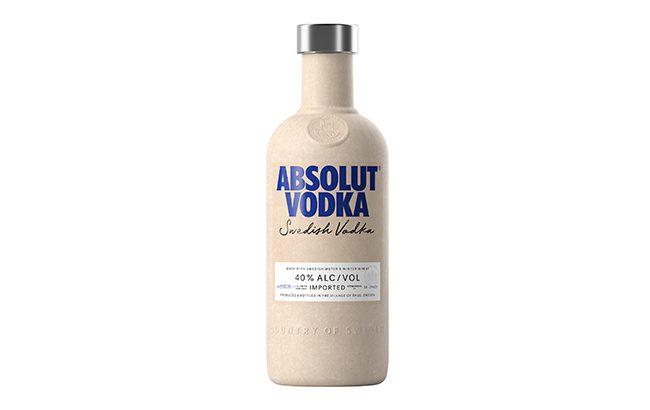With physical stores closed during the pandemic, the boom in online shopping resulted in record numbers of packages arriving on consumers’ doorsteps. Along with all that merchandise came a growing awareness of the materials used to package and ship products, and the impact those materials have on the environment. A new survey commissioned by Two Sides North America and conducted by international research firm Toluna found that U.S. consumers believe paper-based packaging is better for the environment than other packaging materials.
Paper: The preferred and sustainable packaging choice
Survey respondents were asked to rank their preferred packaging material (paper/cardboard, plastic, glass and metal) based on 15 environmental, aesthetic and practical attributes. Overall, paper/cardboard packaging was preferred for 10 of the 15 attributes, with half of respondents saying paper/cardboard is better for the environment. Consumers also preferred paper/cardboard packaging on other environmental attributes, including being home compostable (65%) and easier to recycle (44%).
Glass packaging was preferred by consumers for four practical and aesthetic attributes, including being reusable (39%), having a preferred look and feel (39%), providing a better image for the brand (38%) and better protection (35%). 45% preferred metal packaging for being strong and robust. Plastic packaging was not preferred for any of the 15 attributes but was ranked second for six attributes. Only one in 10 respondents believe plastic packaging is better for the environment.
Consumers demand that brands and retailers do more
Brands and retailers play a crucial role in driving innovation and the use of recyclable packaging. In response to increasing consumer pressure to operate more sustainably, brands and retailers in many sectors, from wine, spirits and soft drinks to candy, cosmetics and apparel are shifting from plastic to paper packaging.
The survey found that 49% of consumers would buy more from brands and retailers who remove plastic from their packaging, and 39% would consider avoiding a retailer that is not actively trying to reduce their use of non-recyclable packaging.
“It’s important for consumers to understand that just because packaging is recyclable does not mean it actually gets recycled,” explains Two Sides North America President Kathi Rowzie. “Around 66% of all paper and paper-based packaging and nearly 89% of corrugated cardboard gets recycled into new products in the U.S. These high recycling rates and expected increases are due to the paper industry’s already completed and continuing investment in recycling infrastructure, which between 2019 and 2023 will exceed $4 billion. In comparison, the U.S. Environmental Protection reports that plastics, glass and metals are recycled at just 9%, 25% and 34%, respectively.”
Who should be responsible for reducing waste from single-use packaging?
As consumers, businesses and governments looks for ways to create a more sustainable, circular economy, waste from single-use packaging, particularly in marine environments, has come into sharp focus. When consumers were asked who has the greatest responsibility for reducing the use of non-recyclable, single-use packaging, more than a third (36%) said individuals have the primary responsibility, followed by 23% who believe it’s up to brands and retailers, 23% who believe it’s up to packaging manufacturers, and 18% who believe it’s the government’s responsibility.
“As the call for the circularity of product lifecycles grows louder, paper has always had a head start,” Rowzie says. “And the industry’s strong support and investment in recycling has transformed the circularity of paper packaging from vision to reality. At a time when there is growing alarm about the low recycled rates of other packaging materials, paper recycling is a striking exception.”









